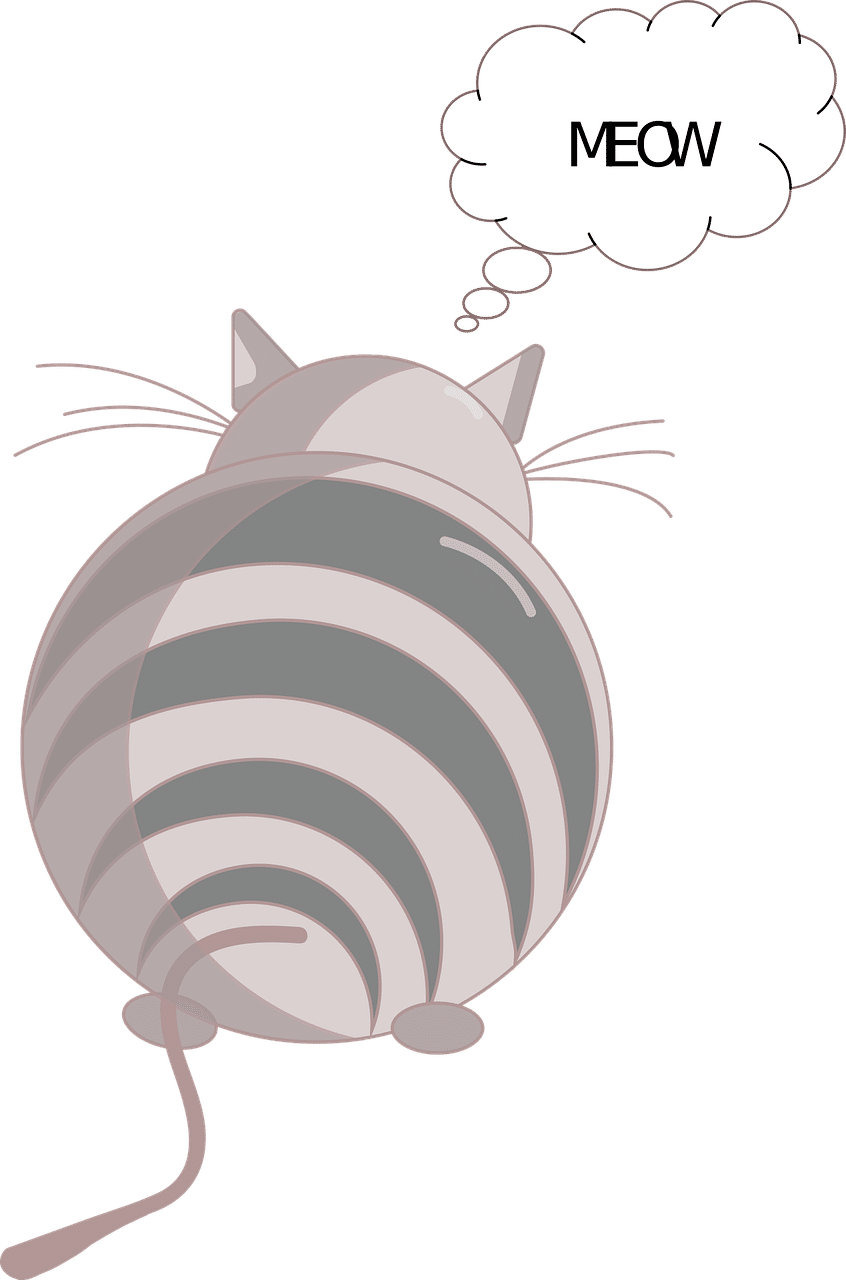
Alliteration is a device that is often used in poetry.
Alliteration is, in tonal languages, the reiteration of a sound . When it is a verse of minor art, the repetition must be detected on more than one occasion, but in verses of major art, for there to be alliteration, at least three repetitions must be found. This is a frequent resource in tongue twisters and in texts created to teach children to pronounce a certain sound.
Latin is the language in which the etymological origin of the word alliteration that concerns us now is found. Thus, we can establish that it is a term that is composed of three clearly differentiated parts: the prefix ad which means "towards", the word littera which can be translated as letter, and the suffix -ción which is determined as "action and effect". .
Alliteration in prosody and poetry
In prosody, alliteration consists of reiterating the initial consonant at the beginning of two consecutive or sparsely separated terms . That is, it involves repeating consonant sounds when a word begins or in its stressed syllable. For example: "The roar of the branch breaking" or "The classic clarinets were already heard."
In poetry , alliteration is understood as a rhetorical figure that aims to achieve a sound effect from the consecutive reiteration of a single phoneme or similar phonemes. On the other hand, alliteration can also suggest images associated with the senses , such as the sound of water or the gallop of a horse.
Nowadays, alliteration is an embellishment in prose and poetry, which pursues an effect of musicality and sonority . However, alliterative verse was a principle of formal structure and the fundamental device in ancient Germanic verse.

Sometimes, alliteration is confused with onomatopoeia.
Some examples
Examples of alliteration: «In the silence you could only hear / the whisper of the bees that were ringing» (belonging to Garcilaso de la Vega ); "Hear the sordid sound of the hangover, infamous mob of nocturnal birds" ( Luis de Góngora ), "The wandering dragonfly of the vague illusion" ( Rubén Darío ).
In the first example cited, that of the Toledo poet Garcilaso de la Vega , it must be emphasized that alliteration resides in the repeated use of the letter "s" , a very subtle and effective way of introducing the sound that is described, the one made the bees A buzz from these animals that, although not written as such, manages to reach the reader thanks to the splendid use made of the aforementioned resource used.
Alliteration and onomatopoeia
In addition to all of the above, it must be emphasized that on many occasions, there is a tendency to confuse what is alliteration with another resource called onomatopoeia . However, the difference is very clear and is that, while the first term consists of the repetition of phonemes to be able to "evoke" a specific sound, the second concept comes to describe the action of imitation or recreation of the sound of something through the formation of a specific word.
Thus, among the most frequent examples of words formed to recreate said sound and that are considered onomatopoeia we find: "ring" as a ringing signal on a telephone, "woof" as a bark of a dog, "meow" as a meow of a cat. or "bang" like a gunshot.
